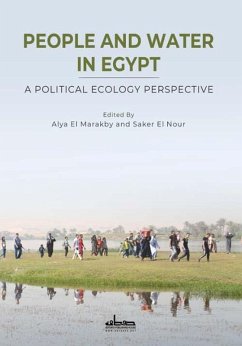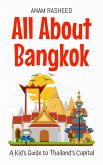However, the discourse around the water crisis in Egypt goes above and beyond the hydraulic dam, even if that discourse has only been heightened in the last decade due to the dam's construction. That discourse and its multi-layered nature is the subject matter of the edited volume you are about to read. In Egypt, it has often been argued that there is a rapidly rising demand for water, one which the government cannot meet due to the tremendous pressure of population growth, financial constraints, and a "natural" problem of water scarcity. The construction of the GERD obviously added a significant layer of national anxiety surrounding Egypt's share of the Nile. However, apart from recent transboundary water tensions, complaints about water shortages in households and irrigation canals had already been on the rise since 2007, during what was referred to by many scholars as Egypt's "thirst revolution" (El Nour et al., 2021). The Nile River basin is especially vulnerable to climate change, with greater variability, including more droughts and floods and irreversible damage to agriculture along the banks (Siam & Eltahir, 2017).
Dieser Download kann aus rechtlichen Gründen nur mit Rechnungsadresse in A, B, CY, CZ, D, DK, EW, E, FIN, F, GR, H, IRL, I, LT, L, LR, M, NL, PL, P, R, S, SLO, SK ausgeliefert werden.









